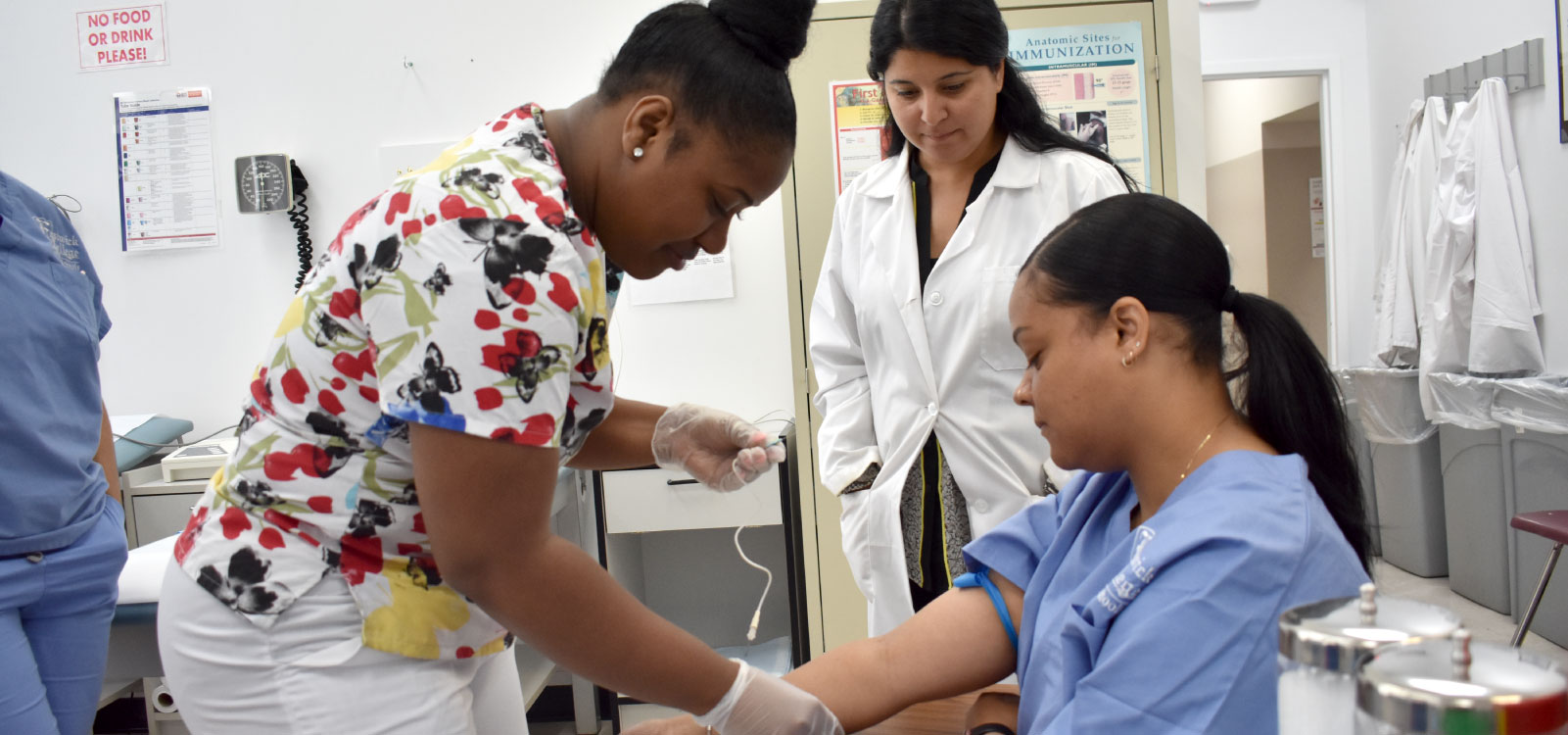

It has been estimated that approximately 75% of all operations in the United States will be performed in “ambulatory,” “same-day,” or “outpatient” operating rooms by the turn of the century.4 In recommending various SSI prevention methods, this document makes no distinction between surgical care delivered in such settings and that provided in conventional inpatient operating rooms. Thus, some of the recommendations in Part II are based on a strong theoretical rationale and suggestive evidence in the absence of confirmatory scientific knowledge. Finally, some of the infection control practices routinely used by surgical teams cannot be rigorously studied for ethical or logistical reasons (e.g., wearing vs not wearing gloves). This is especially true regarding the implementation of SSI prevention measures. By necessity, available studies have often been conducted in narrowly defined patient populations or for specific kinds of operations, making generalization of their findings to all specialties and types of operations potentially problematic. However, there are a limited number of studies that clearly validate risk factors and prevention measures for SSI.


Part II, “Recommendations for Prevention of Surgical Site Infection,” represents the consensus of the Hospital Infection Control Practices Advisory Committee (HICPAC) regarding strategies for the prevention of SSIs.3 Whenever possible, the recommendations in Part II are based on data from well-designed scientific studies. Included is a detailed discussion of the pre-, intra-, and postoperative issues relevant to SSI genesis. This two-part guideline updates and replaces previous guidelines.1 and 2 Part I, “Surgical Site Infection: An Overview,” describes the epidemiology, definitions, microbiology, pathogenesis, and surveillance of SSIs. EXECUTIVE SUMMARYThe “Guideline for Prevention of Surgical Site Infection, 1999” presents the Centers for Disease Control and Prevention (CDC)’s recommendations for the prevention of surgical site infections (SSIs), formerly called surgical wound infections.


 0 kommentar(er)
0 kommentar(er)
